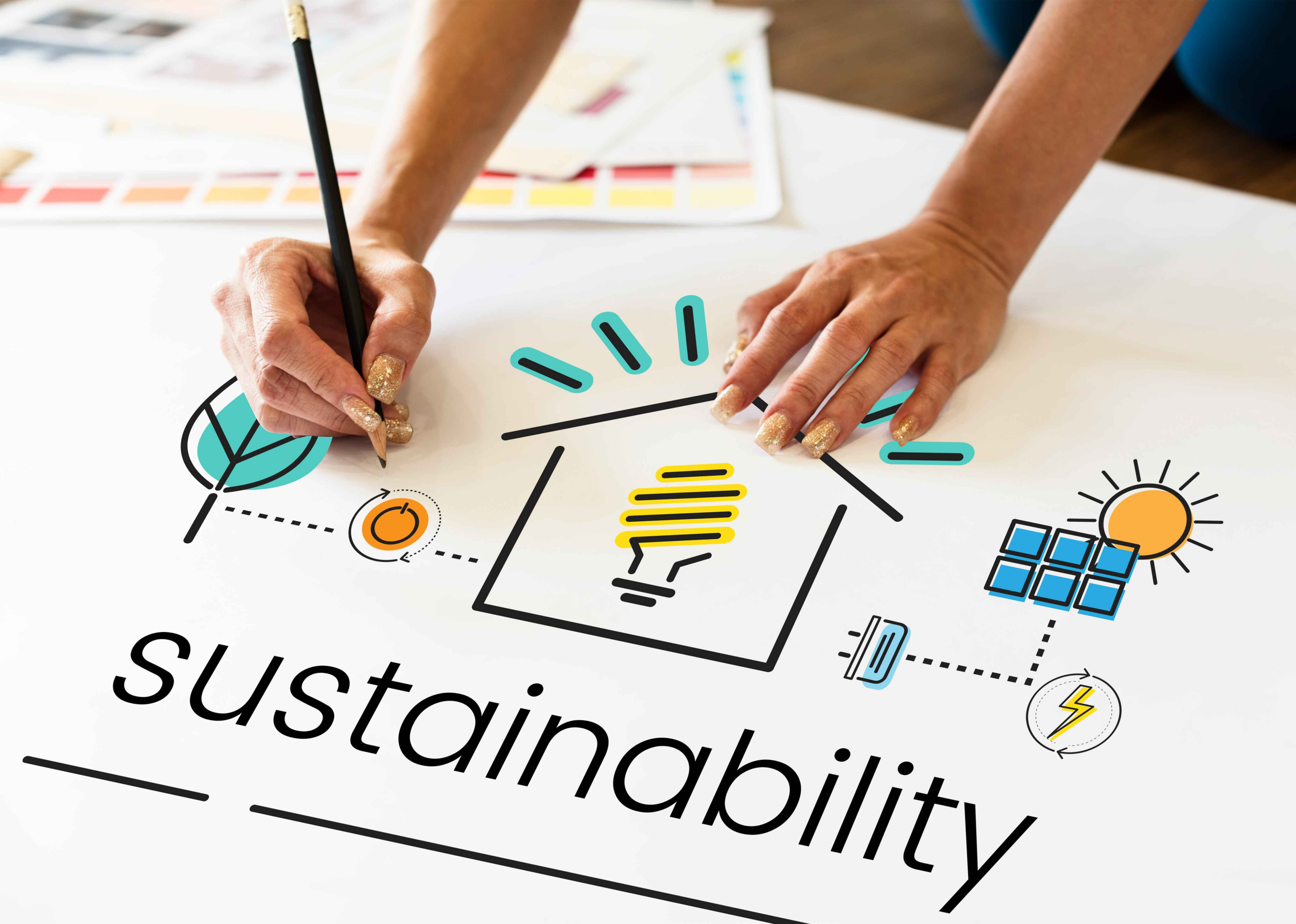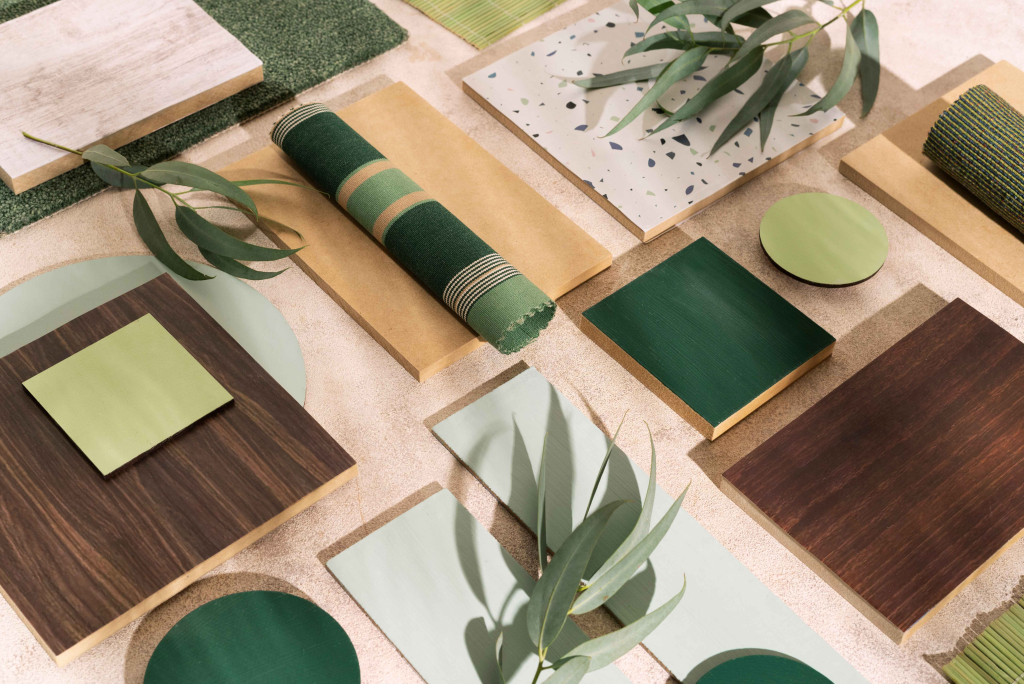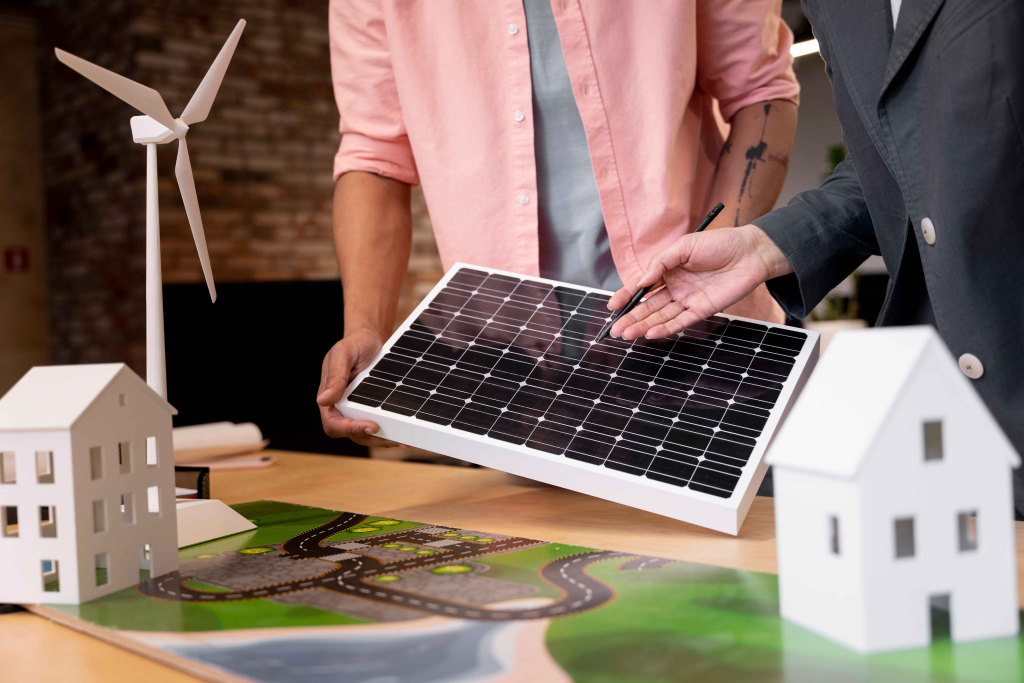Eco-Friendly Building Materials: Sustainable Home Construction Trends

Sustainable home construction is the process of building a home that minimizes waste, conserves energy and water usage, and reduces environmental impact. It’s a growing trend in the Philippines, where people are becoming increasingly aware of their carbon footprint.
Sustainable home construction is a trend that has been gaining popularity in the Philippines. The term “sustainable” refers to homes that are built with environmentally friendly materials, which can be recycled or reused over time. Eco-friendly building materials help reduce greenhouse gas emissions and air pollution from your home, as well as improve energy efficiency.
This article explores the trend of sustainable home construction through the use of eco-friendly building materials. We’ll look at why it’s important for homeowners and builders alike to consider using these materials when constructing new houses or renovating existing ones so they’re more sustainable than ever before!
Advantages of Sustainable Home Construction
Sustainable home construction is a growing trend in the Philippines that can be beneficial for both homeowners and the environment. This type of building uses materials that are renewable, recyclable, and/or reusable, which makes them more sustainable than traditional materials such as concrete or bricks. The following are some advantages of sustainable home construction:
- Saves money – Because these materials are less expensive than their traditional counterparts, you’ll save money on your energy bills while still getting high-quality results from your new home’s structure.
- Reduces waste – Unlike traditional building methods that produce large amounts of waste during construction (such as concrete), sustainable homes use less material overall because they’re built using only what’s needed at each stage along with whatever leftover scraps can be reused later on in other projects like landscaping walls or fences around gardens outdoors!
- Helps protect wildlife habitats – Using fewer toxic chemicals means there will be less runoff into nearby rivers or streams where animals live; this also reduces pollution levels throughout surrounding areas due to harmful substances being released into air quality from factories nearby.”
Eco-Friendly Building Materials for Sustainable Home Construction
The Philippines is a tropical country with a high annual rainfall, which makes it prone to frequent flooding and landslides. As such, eco-friendly building materials are highly sought after by homeowners who want their homes to be sustainable and environmentally friendly.
The most common types of eco-friendly building materials used in sustainable home construction include:
- Rammed earth (for walls) – Rammed earth is created by compacting sand into blocks using hydraulic presses until they reach an optimum density level before being laid down in rows between wooden posts driven into the ground at regular intervals along each row’s length so that when filled with dampened soil mixture then pressed down again repeatedly over several days’ worth of time periods until completely solidified inside outwards towards its exterior surface area where no air pockets remain between them anymore.
- Cement or concrete blocks (for walls) – These are the most common types of eco-friendly building materials used in sustainable home construction because they’re easy to work with and very affordable. They’re also solid and durable, and they can support heavy loads without any issues. They’re resistant to mold growth as well as moisture damage, so homeowners don’t have to worry about those problems when using them for their purposes. The only drawback is that they’re not very good for retaining cool air in the summer.
- Clay bricks (for walls) – These are another type of eco-friendly building material that can be used to construct sustainable homes because they’re very durable and strong. They’re also easy to work with which makes them a great choice for homeowners who don’t have much experience in construction.” The only issue is that they’re not very good at retaining heat or cool air during winter or summer months because they don’t insulate well.

Sustainable Home Construction Techniques
There are several methods for constructing sustainable homes, each with its own benefits. These techniques include:
- Using bamboo as a structural material instead of wood or concrete. Bamboo is one of the fastest growing plants in the world, producing up to 40 feet per year under ideal conditions, and can be harvested every 3-5 years. When used in place of traditional building materials such as wood or concrete, bamboo reduces your carbon footprint by over 80%.
- Using solar panels to generate electricity for your home instead of fossil fuels like coal or natural gas (which emit greenhouse gases). Solar power requires very little maintenance and does not pollute air quality like other forms of energy generation do; however, it does require an initial investment which may seem costly at first glance but will save money in the long run due to not having monthly utility bills!
- Using a green roof to insulate your home and reduce heating and cooling costs. Green roofs are plant-covered surfaces installed on top of buildings, often made from soil and other materials such as gravel or plastic. They can reduce energy usage by up to 50% over time due to their insulating properties! Using rainwater harvesting techniques such as water tanks in place of a municipal water supply. Rainwater harvesting is a process in which rain that falls onto rooftops and hard surfaces is collected on-site for later use instead of being wasted down the storm drain.
Examples of Eco-Friendly Home Construction in the Philippines
As you can see, there are many different ways if you want to incorporate sustainable building materials into your home. Whether it’s a single-family residence or an apartment building, these projects show that eco-friendly construction is not just for the environmentally conscious but also for people who want to live in modern homes with amenities that will make them feel comfortable and happy.
The key is to find a balance between using sustainable materials and creating a home that people will love.
This is one of the reasons why many people choose to live in green homes. These structures are more energy efficient and environmentally friendly, which means that you can enjoy lower utility bills as well as a cleaner environment for years to come.
Challenges of Sustainable Home Construction
There are a number of challenges in building a sustainable home. For example, some materials may not be available locally or they are too expensive to import. This can make it difficult to find the right materials for your project and get them delivered on time.
Another challenge is that not all contractors have experience working with sustainable building materials and techniques, so you may need to hire someone who knows what they’re doing or train them yourself before starting construction work on your new home.#ENDWRITE
Sustainable home construction is a growing trend in the Philippines. The use of eco-friendly building materials is becoming more common, and many homeowners are looking for ways to make their homes more sustainable.

The use of eco-friendly building materials is becoming more common, and many homeowners are looking for ways to make their homes more sustainable.
The construction of sustainable homes is a trend that is here to stay. The benefits of such homes are numerous and can greatly improve the quality of life for those who live in them. With proper planning and implementation, you can build an eco-friendly house that will help protect our planet while also providing a comfortable living environment.




